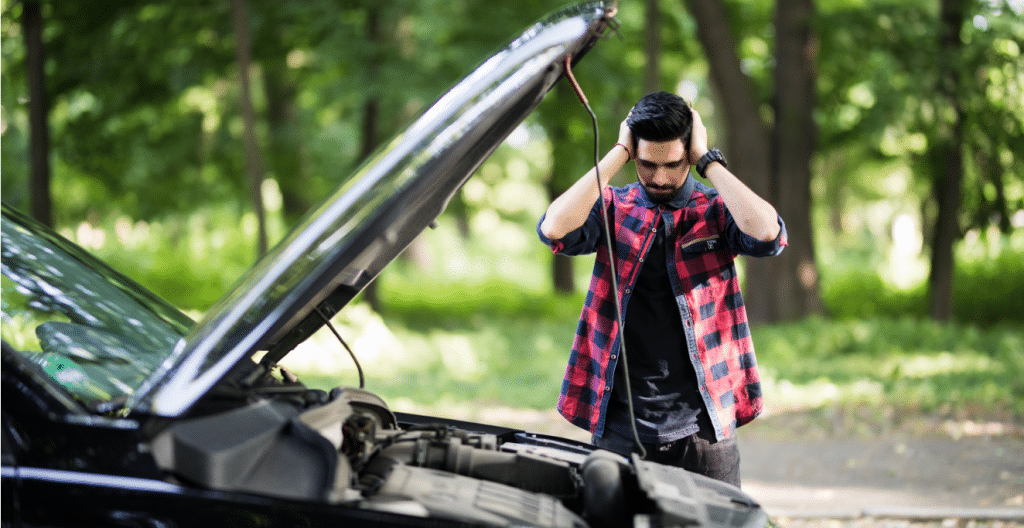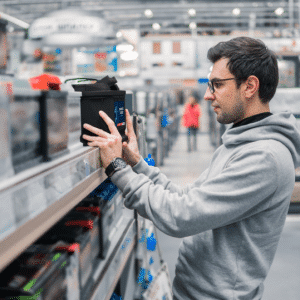
At some point, every battery will die. The chemical reaction that generates power is destructive to the internal components. All batteries are designed with a finite lifespan, which determines the warranty period. However, there are instances when a battery will fail early. There are three common modes of failure in transportation batteries:
Positive Grid Corrosion
The lead grids found inside the batteries are consumable materials, which means that they will corrode over time. This is a natural result of battery age but can be accelerated by higher operational temperatures and vehicle usage patterns.
Between 2010 and 2020, roughly half of all batteries went out of service due to positive grid failure. Warmer climates translate to higher under-hood temperatures, which can accelerate grid corrosion. This is why batteries in the South and Southwest normally have shorter lives than comparable batteries in northern regions.
The Stryten Energy Enhanced Flooded Battery (EFB) is engineered with a more robust grid alloy, which yielded higher heat tolerance at a lower thickness. This unique design will allow the battery to better tolerate high under-hood temperatures.
Material Wear Out
As the battery charges and discharges during use, the molecular structure of the active material within the battery changes. The density of these structures begins to break down with each charging cycle. This mode of failure can be exacerbated by consumer misapplications. Common mistakes include:
- Using the wrong battery for the wrong application, such as installing an automotive battery in a boat instead of a marine battery. Due to the application usage pattern, marine batteries are generally built with material characteristics that are designed for cycling and low cold-cranking amps. Using a standard automotive battery in these situations will prematurely cause the active material to decay faster than designed.
- Selecting the wrong battery for the vehicle needs, for example using a 400 CCA battery in a car that requires a 600 CCA battery or putting an SLI battery in a car equipped with start/stop technology. While the battery might work, the power demands put more strain on the battery, causing it to fail early. For vehicles with start/stop technology, an SLI battery is not designed for multiple discharges and rapid recharge, which will cause the vehicle not to function properly.
This mode of failure can be mitigated by ensuring the battery selected is appropriate for the application. EFBs are specifically designed to resist the kind of cycling-related failures associated with the increased electrical demands of modern vehicles. Paying close attention to the information provided on a battery label will make choosing the right replacement battery much easier.
Deep Discharge Issues
Batteries have a natural self-discharge rate. They need to be maintained to ensure they will provide the necessary power when in use.
Storing a battery long-term without periodically charging it will lead to early failure. This mode of failure is commonly seen in marine and RV batteries. The seasonal use of these vehicles can mean the batteries go months without adequate charging.
Automotive batteries are also susceptible to this issue. The advanced safety features and modern conveniences in today’s cars will create a slight draw known as parasitic drain. If the car is parked for an extended period, this electrical drain could cause an already-weak battery to fail.
For longer-term storage, it is important that a battery is periodically charged every three to four months by a reliable and consistent charging system. It should not be subjected to extreme temperatures, and ideally should not be providing additional power for electronic amenities.
When a battery fails and how it fails often depends on its care. Selecting the right battery that meets the specific needs of your vehicle will help mitigate the risk of the battery failing early.
Vijay Yelundur, Director of Product Engineering, Stryten Energy







